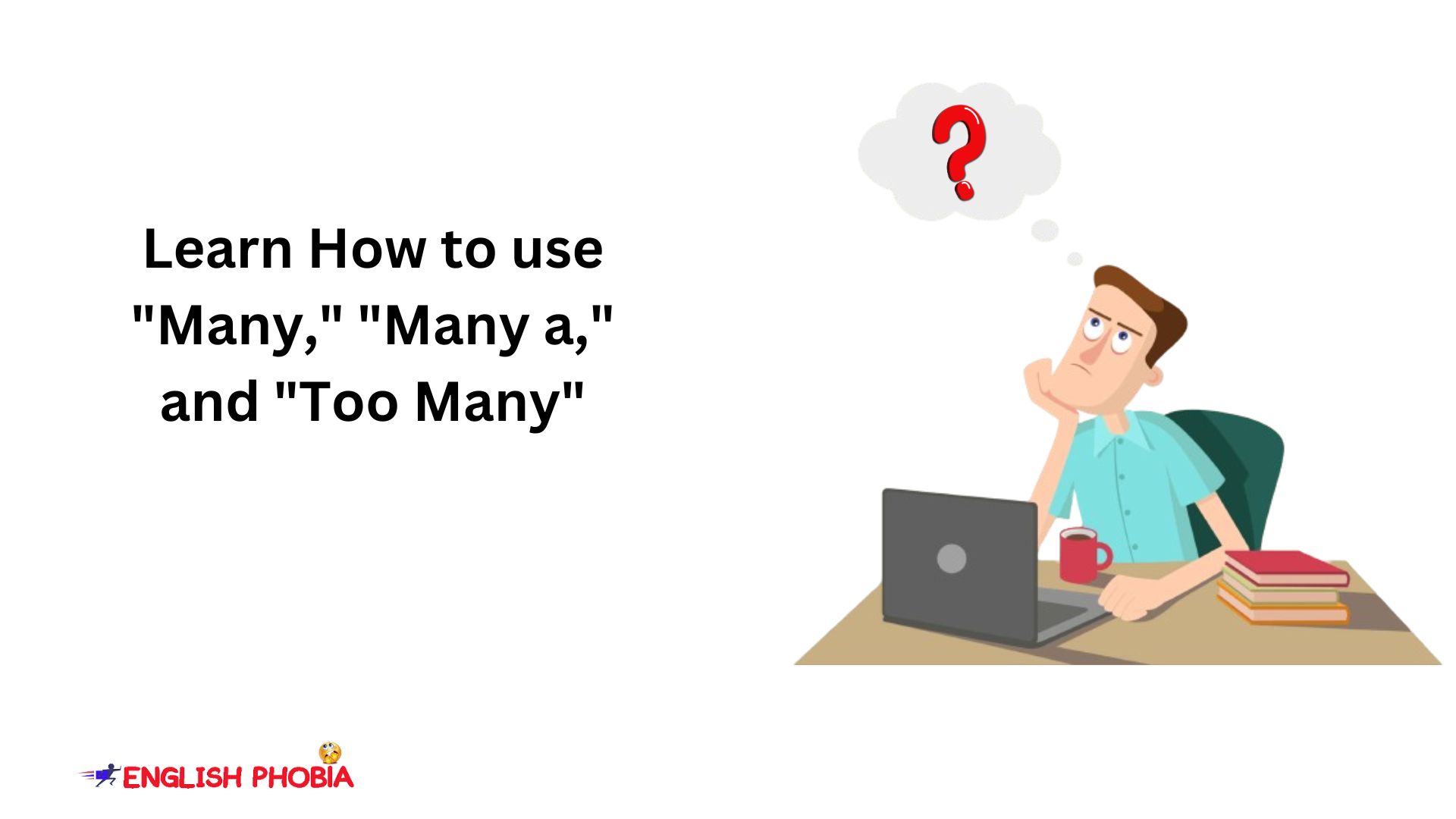This article is all about how you can use the advanced verbs in your communication skill wherein you will learn about what the additional verbs are and their multiple uses.
There are two types of verbs first is Finite verbs which we have already discussed in our previous post and the second is Non- finite, a part of verbs and also known as advanced verbs because these are quite different from the normal verbs. People don’t know how to use them easily hence this becomes quintessential for everybody to learn. Here is an easy explanation for all the types of non-finite verbs.
Non-Finite Verbs
1. Infinitive
2. Participle
3. Gerund
There are three types of Non-finite verbs in the English language. But each has its own separate types and uses. We are going to learn the same with this article how to use them correctly.
|
Non |
||
|
Infinitive |
Gerund |
Participle |
|
Bare |
Present |
|
|
Full |
Past |
|
|
Perfect |
Let’s start with learning Infinitive first.
There are two types of the infinitive
1. Bare means (without To V1)
2. Full means (with To V1)
Now it is time to learn all the uses of infinitives in detail.
How to Use an Infinitive
1. Purpose
2. In passive voice
3. Perfect infinitive
4. Perfect passive
5. Continuous infinitive
6. Perfect Continuous
7. A subject
You can use an infinitive in the above multiple forms.
There are certain rules that you must keep in mind to use the infinitive with multiple forms in English.
Rule no. 1 A (Verb/Adjective/Noun) + Infinitive
Verbs
While using the infinitive in a sentence when it comes after an action in the sentence as a secondary verb just as shown in the below examples.
1. The students come to learn English here. (active voice)
2. They wish to be taught efficiently. (passive voice)
3. He works to be successful. (no verb)
4. To speak English fluently, you must practice it. (as a subject)
Adjectives
There are some adjectives and verbs which are followed by infinitives.
Need, desire, agree, hope, wish, fail, glad, easy, eager, curious, ready, accept, sorry, want, etc.
First I have shown you the sentences with adjectives and later with the verbs.
Sentences with adjectives
1. I am glad to wish you Happy Diwali in advance.
2. They were always ready to learn new things.
3. I will be ready to bear the consequences.
4. She was sorry to have missed the class that day.
5. It was easy to restart my life.
Sentences with verbs
1. I wish to get a job as a content writer.
2. They have failed to fulfill the basic needs of life.
3. She accepted to have made a mistake in the project.
4. We hoped to stay calm in this regard.
5. They want to clear the U.P.S.E examination at once.
W.H.F+ Infinitive
When a speaker intends to describe the way, time, place, any person, etc. he uses infinitives with W.H.F words. In case you don’t know about W.H.F.’s words, I have mentioned them below for your assistance.
What, when, why, who, whose, whom, which, where, how, etc. are the words of a family that make a W.H.F.
Let’s look at some examples now.
1. He knows how to drive a car.
2. They are learning how to speak in English.
3. I don’t know what to do now.
4. They don’t have any idea when to apply for resignation.
5. She guided me to whom to talk about my problem.
6. They explained to me why to choose mutual funds for investment.
7. I learned how to write an article using keywords.
Rule no. 2 Difference between ‘To’ and ‘For’
I am giving you examples for a little identification and differentiation between ‘To’ and ‘For’ if you can’t get it yourself, you need not worry because the explanation is given below for them.
1. I come to learn English here. (Correct for a purpose)
2. I come for learning English here. (Incorrect)
In the first sentence to + V1 is the correct use of a verb as an infinitive because it shows here a purpose of action according to the verb not according to the subject. For your distinctive understanding, I am sharing the facts where you can use (For + V1+ Ing). After going through these facts you will easily use both of them.
For + Present Participle (V1+ ING) also known as V4
We use For + V4 when the purpose is according to the subject of the verb. Look at the examples below for it.
1. This book is to read. (incorrect)
2. This book is for reading. (correct)
In the first sentence, the subject book belongs to the verb read hence it should be reading just as it is mentioned in the second sentence because the action of the sentence depends on the subject. There are some other examples also for the same concept which will help you to understand it better.
1. This keyboard is for typing in Hindi and English.
2. MI phones are for calling, clicking photos, and challenging the speed in
comparison with other brands.
3. This machine is for fabricating steel sheets.
4. The pen is for writing not for reading.
5. This article is for learning verb definitions and examples.
6. The teacher is available in schools for teaching.
Just as in the above examples the task is related to the subjects hence I have used FOR + V1 + ING according to a grammatical rule for the formation of such an arduous concept.











